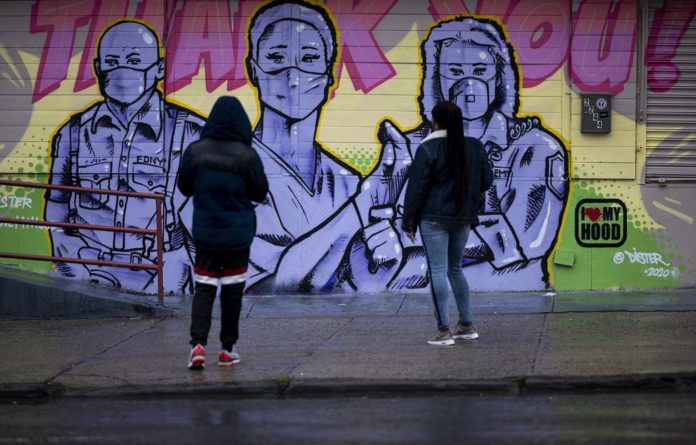Testing, testing and testing is almost a mantra since the pandemic was unleashed, but there is another triad that also begins with the “T” that seems much more effective than mass and indiscriminate testing. It is an old epidemiological strategy that has shown efficacy with other contagious viruses or diseases: “Test, Track, Trace”, that is, testing, locating and monitoring the close contacts of each positive in order to break the transmission chain.
“Test every suspicious case. If they test positive, isolate them, find those who have been in close contact up to two days before they develop symptoms, and test them too,” the WHO explains for weeks. That is the key for the day after. In a large part of the world, due to lack of resources or will, it is not done. The plan is key to get out of the confinements successfully and good chances of containing a regrowth or second wave, the ghost that these days the whole world faces.
However, experts defend the strategy as the only option. Some, as Japan long knew: in 2018 they employed more than half of the 50,000 public health nurses with experience tracking infections. In normal times, these nurses track common infections such as influenza and tuberculosis, today they lead the response to the pandemic and so far they have managed to flatten the coronavirus curve without quarantines or massive testing . In Japan, the death toll is well below 1,000, and in Tokyo, its dense capital, cases have dropped to single digits on most days.
“It is very analogous, it not an application-based system like Singapore’s”, explained Kazuto Suzuki, a professor of public policy at Hokkaido University who has written about Japan’s response. “But nevertheless, it has been very useful,” he remarked in dialogue on Bloomberg.
While countries like the United States and the United Kingdom are starting to hire and train contact trackers as they try to reopen their economies, Japan has been tracking the movement of the disease since the first handful of cases were found. These local experts focused on dealing with so-called clusters, or groups of infections from one place, such as clubs or hospitals, to contain cases before they got out of control.
Japan anticipated but now the rest of the countries of the world begin to see the strategy as the way to get out of the severe confinements. Without a vaccine, contact tracing is the only way to successfully exit quarantines because if the second wave occurs, it would be possible to monitor all suspects, isolate them, and prevent them from spreading contagion.
As Professor Suzuki explained, the task is human, sophisticated applications can help, but tracking requires professionals to work.
This practice, which now seems novel to the public, actually has a long tradition of researching and controlling other diseases, such as tuberculosis and AIDS, for example.
The US is currently training 70,000 people to add them to its “Army of Health Professionals”
The task of these trackers is to find out what contacts someone who has tested positive for coronavirus has had, following well-established protocols that mark how, when and why.
“If we want to safely start reopening our society, we need to have certain public health measures, including a significant increase in our ability to track new infections,” said Ron Brookmeyer, dean of the faculty of health at the University of California, Los Angels and eminence in the control of epidemics.
Other states, such as Washington or New York, the most affected nationwide, have also taken serious steps to increase their workforce of “detectives” to spread the virus.
In Belgium, the government has already installed dozens of “call centres”, where people – not machines – aim to establish a list of individuals with whom coronavirus patients were in contact during a period of ten days: from two days before showing the first symptoms to seven days later. If the contact was more than 15 minutes less than 1.50 meters from the person in question, it is considered as a “high-risk person”. From this, another “tracker” will be in charge of preventing it.
If, within 24 hours, the person who is considered “high risk” and who has to be isolated for 14 days at home does not answer the phone, social workers, paramedics or ambulance personnel organize a visit to their home.
“Contact tracking is not a magic formula,” Mike Reid, a professor at the University of California San Francisco School of Medicine, told The New York Times, but explained that the “old-fashioned” approach and not on tracking apps like those Google and Apple are working on “can unite communities and build capacity to handle future crises.”
